
'An invisible crisis': Toxic stress is helping to shorten life spans in many Kern County communities
In some of Kern County’s poorest, majority-white communities, people are dying four to 17 years before those in other parts of Bakersfield, Calif. Life expectancies are on par with less-developed countries like Iraq and Kazakhstan.

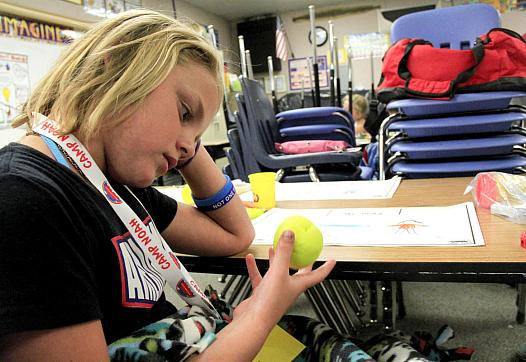
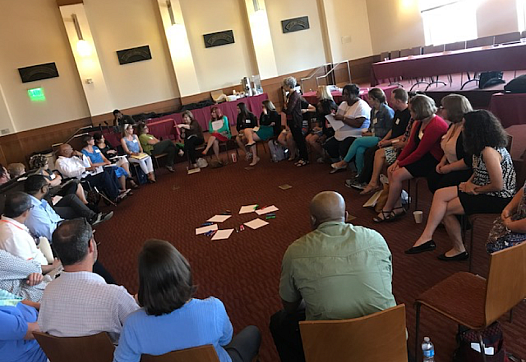
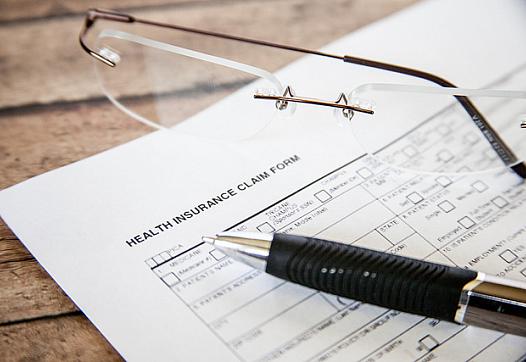
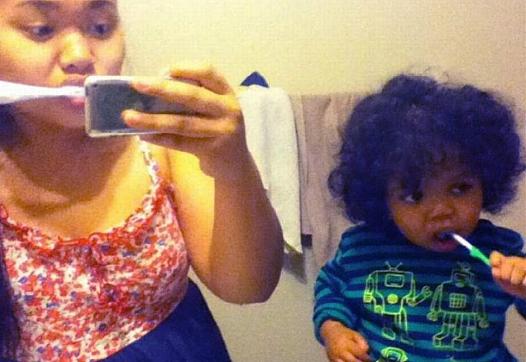


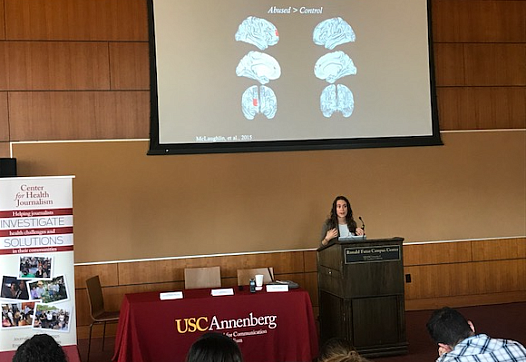
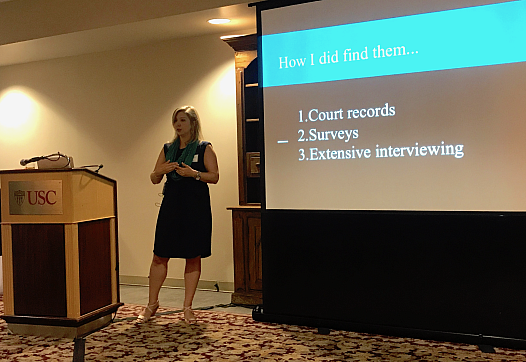
![[Photo by Nils Hamerlinck via Flickr.]](/sites/default/files/styles/teaser_list_thumbnail_large/public/title_images/unnamed_115.jpg?itok=qff69JaA)